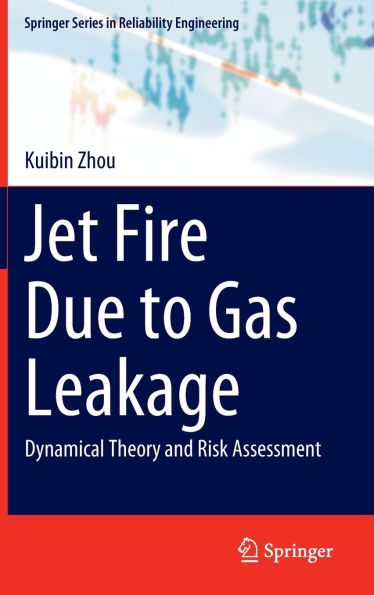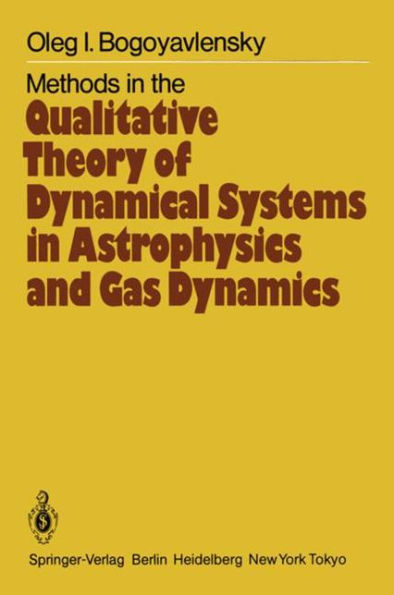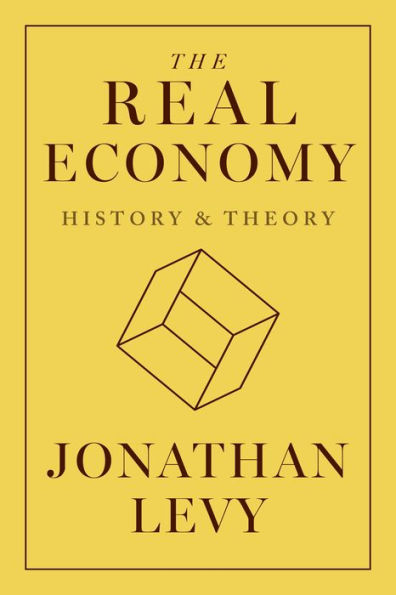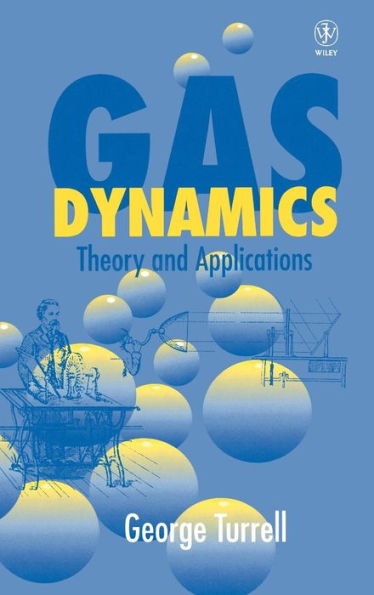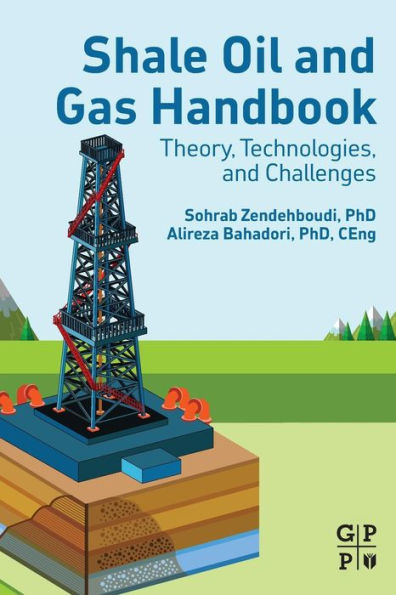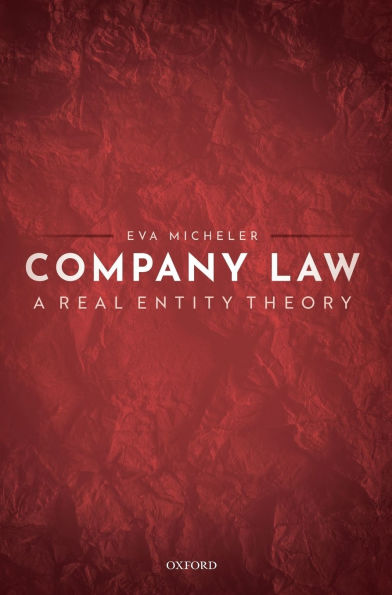Home
The real gas theory
Barnes and Noble
Loading Inventory...
The real gas theory in Bloomington, MN
Current price: $25.00

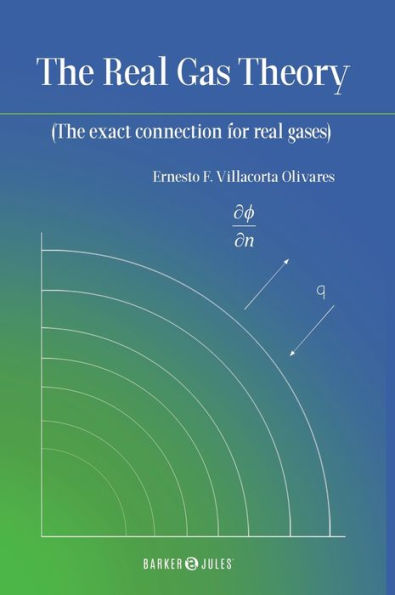
The real gas theory in Bloomington, MN
Current price: $25.00
Loading Inventory...
Size: OS
The purpose of this book is to demonstrate that the ideal gas and equations of state as known until today has been presented in an incomplete manner. Once completed, by modeling as a diffusive flow it becomes the only state equation to describe exactly the behavior of real gas. Conventional texts accept that when a gas is subjected to a change in temperature, the result is the excitation of the kinetic energy of its molecules. This is unanimously accepted and this book is no exception. Based on the above, it is accepted that molecules collide and travel in a disorderly fashion, their path only dependent on the collision and the pressure resulting from millions of collisions against the walls of the container. This book demonstrates that, to the contrary, when molecules are excited they travel in well-defined trajectories towards a determined geometry as a diffusive flow. This geometry is mainly defined by the spatial form in which heat is being transferred to the mentioned system. As we know, gas possess internal kinetic energy that is part of internal energy. Internal kinetic energy consists of molecular translational movement, molecular rotational movement and molecular vibrational movement. Only molecular translational movement is measured by gas temperature. Based on this, molecules travel in well-defined trajectories towards a determined geometry as a diffusive flow in the opposite direction in which heat is being transferred to the mentioned system. Gas pressure does not change by molecular collisions against wall, it changes by molecules acceleration or deceleration. When heat is being transferred between two molecules they separate each other and intermolecular forces stretch as a rubber band. Sense force vector remain constant between molecules and when heat reach the second molecule it starts moving exactly in the direction that intermolecular forces demand, in the opposite direction in which heat is being transferred. The rest of molecules have the same behavior. Considering that when a real gas is subjected to a heat source part of its enthalpy is transformed into kinetic energy as it expands or contracts, we will refer to this part of enthalpy as Momentum Enthalpy and the adjustment is called Residual Entyalpy. Applying thermodynamic laws to the new equation - Residue Enthalpy Equation- , another two emerge, the first one showing the pressure of a real gas maintained at a constant volume and the second one showing the volume of a real gas maintained at a constant pressure. These equations show the real gas behavior in an exact manner, since every molecular level factor that could affect the thermodynamic properties of a gas has been taken into account by summarizing all small effects in one macroscopic effect which is the kinetic energy of the gas, involved into the inertial term of the Residue Enthalpy Equation.
The purpose of this book is to demonstrate that the ideal gas and equations of state as known until today has been presented in an incomplete manner. Once completed, by modeling as a diffusive flow it becomes the only state equation to describe exactly the behavior of real gas. Conventional texts accept that when a gas is subjected to a change in temperature, the result is the excitation of the kinetic energy of its molecules. This is unanimously accepted and this book is no exception. Based on the above, it is accepted that molecules collide and travel in a disorderly fashion, their path only dependent on the collision and the pressure resulting from millions of collisions against the walls of the container. This book demonstrates that, to the contrary, when molecules are excited they travel in well-defined trajectories towards a determined geometry as a diffusive flow. This geometry is mainly defined by the spatial form in which heat is being transferred to the mentioned system. As we know, gas possess internal kinetic energy that is part of internal energy. Internal kinetic energy consists of molecular translational movement, molecular rotational movement and molecular vibrational movement. Only molecular translational movement is measured by gas temperature. Based on this, molecules travel in well-defined trajectories towards a determined geometry as a diffusive flow in the opposite direction in which heat is being transferred to the mentioned system. Gas pressure does not change by molecular collisions against wall, it changes by molecules acceleration or deceleration. When heat is being transferred between two molecules they separate each other and intermolecular forces stretch as a rubber band. Sense force vector remain constant between molecules and when heat reach the second molecule it starts moving exactly in the direction that intermolecular forces demand, in the opposite direction in which heat is being transferred. The rest of molecules have the same behavior. Considering that when a real gas is subjected to a heat source part of its enthalpy is transformed into kinetic energy as it expands or contracts, we will refer to this part of enthalpy as Momentum Enthalpy and the adjustment is called Residual Entyalpy. Applying thermodynamic laws to the new equation - Residue Enthalpy Equation- , another two emerge, the first one showing the pressure of a real gas maintained at a constant volume and the second one showing the volume of a real gas maintained at a constant pressure. These equations show the real gas behavior in an exact manner, since every molecular level factor that could affect the thermodynamic properties of a gas has been taken into account by summarizing all small effects in one macroscopic effect which is the kinetic energy of the gas, involved into the inertial term of the Residue Enthalpy Equation.
